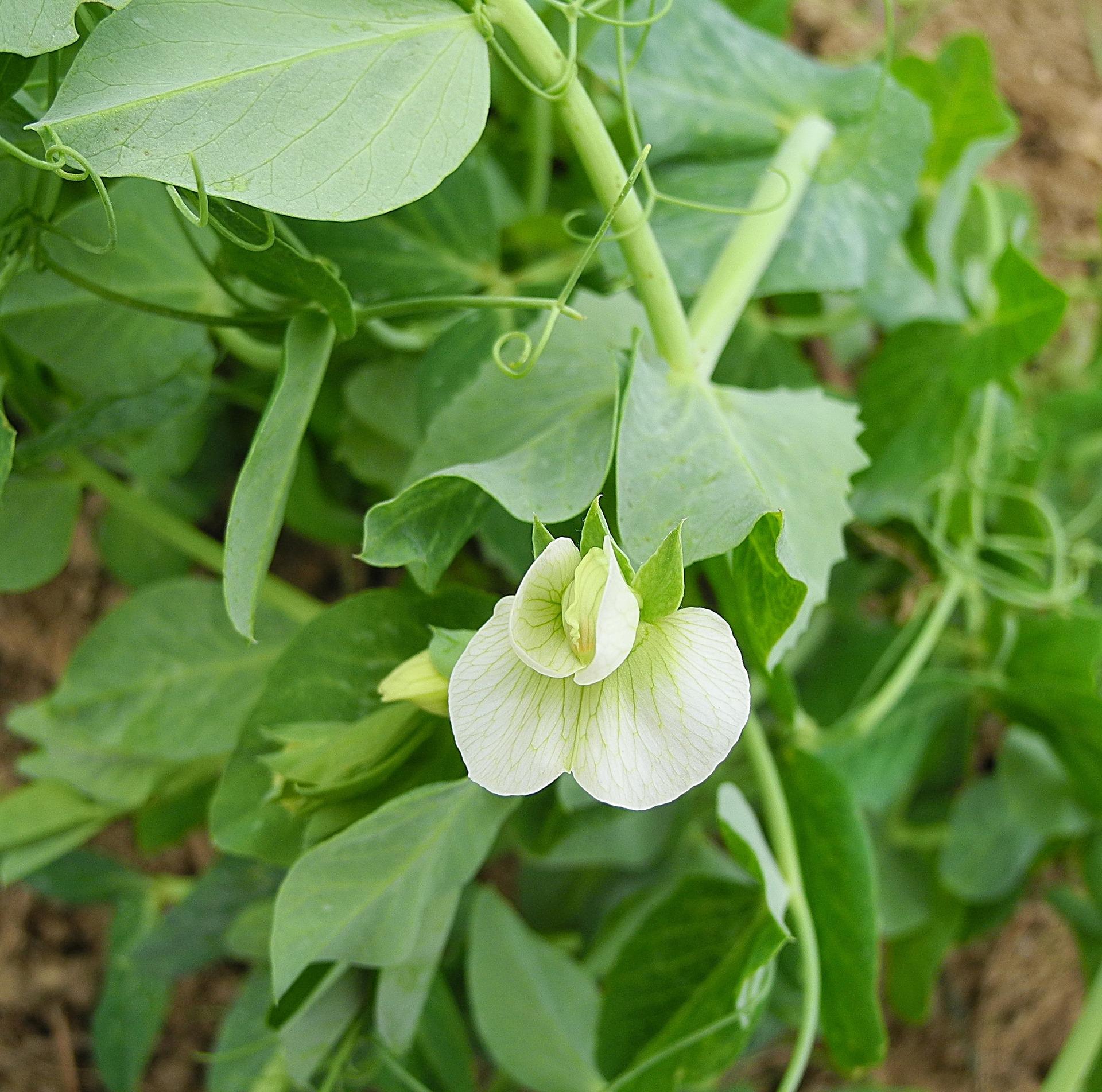Selecting a Location for Pea Cultivation
When selecting a location for pea cultivation, it’s important to consider the type of soil. The soil must be well-drained to prevent waterlogging. For early cultivation, lighter soils that warm up and dry out quickly in the spring are preferred. For medium and late varieties, heavier soils with a higher water-holding capacity are more suitable, especially if irrigation is not available. The optimal soil pH for growing peas is between 6 and 6.5, indicating slightly acidic soils are ideal. Growing peas on alkaline soils (pH above 8) is not recommended, and acidic soils (pH below 5) should be limed.
In continental regions, peas are grown in the spring, while in Mediterranean areas, they are sown in the fall, winter, or early spring, depending on the location.
Crop Rotation for Peas
Peas and other legumes should not be grown on the same plot for at least four years. Peas for canning are best sown after winter cereals, rapeseed, potatoes, or sugar beets. Corn is not an ideal precursor as it leaves a lot of organic matter, which can hinder proper soil preparation for early spring sowing. Peas are a good precursor for many agricultural crops because their short growing season allows them to leave the soil early, making it possible to grow a second crop. Additionally, peas enrich the soil with approximately 100 kg/ha of organic nitrogen.
Soil Preparation for Peas
Basic soil preparation should be done in the fall to enable early spring sowing. In the spring, soil work focuses on preserving winter moisture. On medium-heavy soils, avoid excessive tilling as it can create a crust that hinders germination. In continental areas, peas can be grown without irrigation. Depending on the preceding crop, basic soil preparation can also be done in early spring.
Fertilization of Peas
Peas are sensitive to manure and other organic fertilizers. They partially obtain nitrogen from symbiotic bacteria on their roots, which fix atmospheric nitrogen into an ammonium form that is easily accessible to the plant. Therefore, fertilization is typically limited to mineral fertilizers during soil preparation for sowing. Additional fertilization is avoided as it can increase vegetative growth at the expense of flowers and pods.
Sowing can begin as soon as weather conditions permit in early spring. Before basic soil preparation, apply:
- 700 kg/ha of NPK 7 – 14 – 21 + 2MgO + 18SO3, or
- 500 kg/ha of NPK 7 – 20 – 30 + Fe + Zn.
After application, the soil should be plowed or dug over. Additionally, 100 kg/ha of urea (46% N) is added during soil preparation for sowing.













































